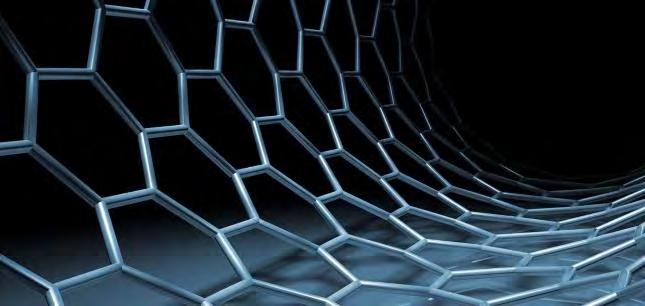
1 minute read
reported to date?
During the summer holidays, Atsayan, Lathusan and Brian completed a literaturebased project with Professor Reinhard Maurer from the University of Warwick. They attended a number of online meetings through Teams with Professor Maurer to understand how to write a literature-based report, discuss their progress, and to try understand the difficult concepts they were required to write about in their report.
Their literature-based project was on ‘what is the best solar-to-fuel carbon dioxide reduction catalyst reported to date?’. They discussed what made a good catalyst material for carbon dioxide reduction and evaluated what was the best product into which carbon dioxide should be transformed.
In summary, graphene-based photocatalysts, especially when combined with TiO2, are the best photocatalysts for solar-to-fuel CO2 reduction. This is because graphene’s features make it an optimal photocatalyst, such as a large surface area, high flexibility, and good conductivity. TiO2 combines the best with graphene, due to its high surface area, and enhanced photocatalytic properties. Although graphene is indeed a great conductor; it is not very good at collecting the electrical current produced inside the solar cell. Hence, researchers are looking for appropriate ways to modify graphene for this purpose.

While graphene-based solar cells are not currently commercially available, Bharat Heavy Electricals Limited (BHEL), India's largest power generation equipment manufacturer, have suggested that 10% of all shipments will be graphene based solar panels, this implies that graphene is going to become much more prevalent in the future. The group thoroughly enjoyed the experience and wrote a detailed report. Professor Maurer said they should be very pleased with their efforts and their report was equivalent to a 2.1 for a third year undergraduate student.










